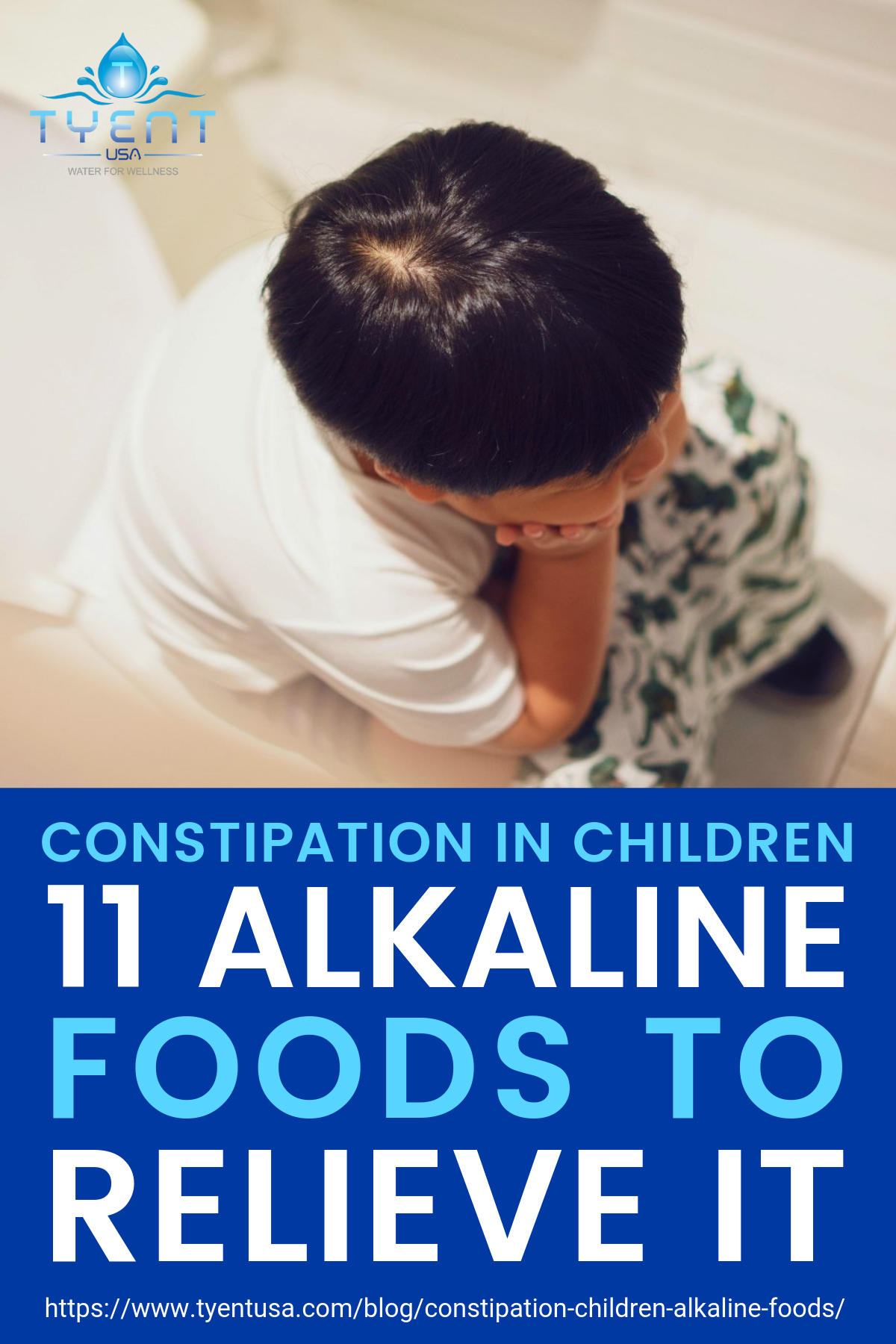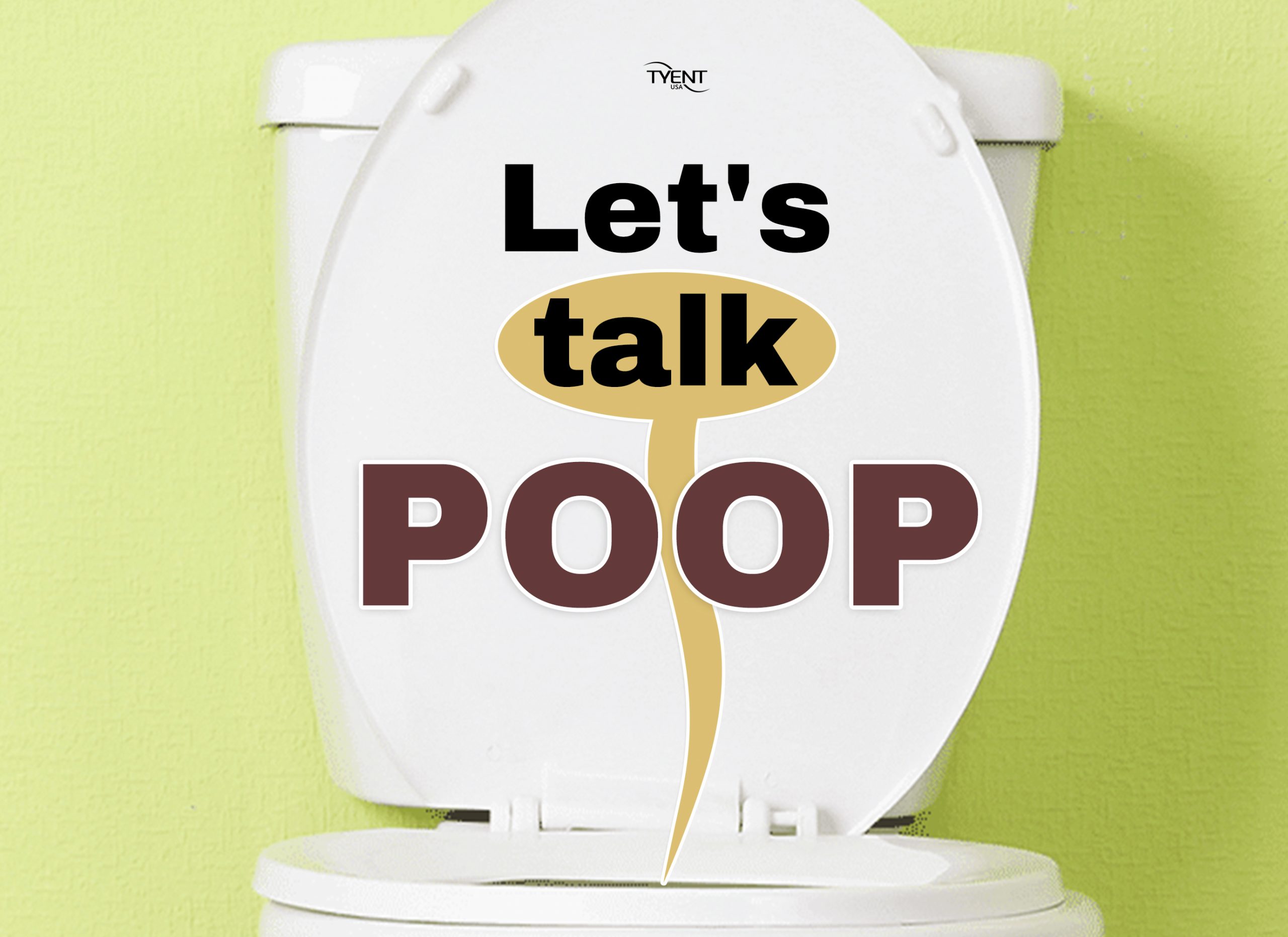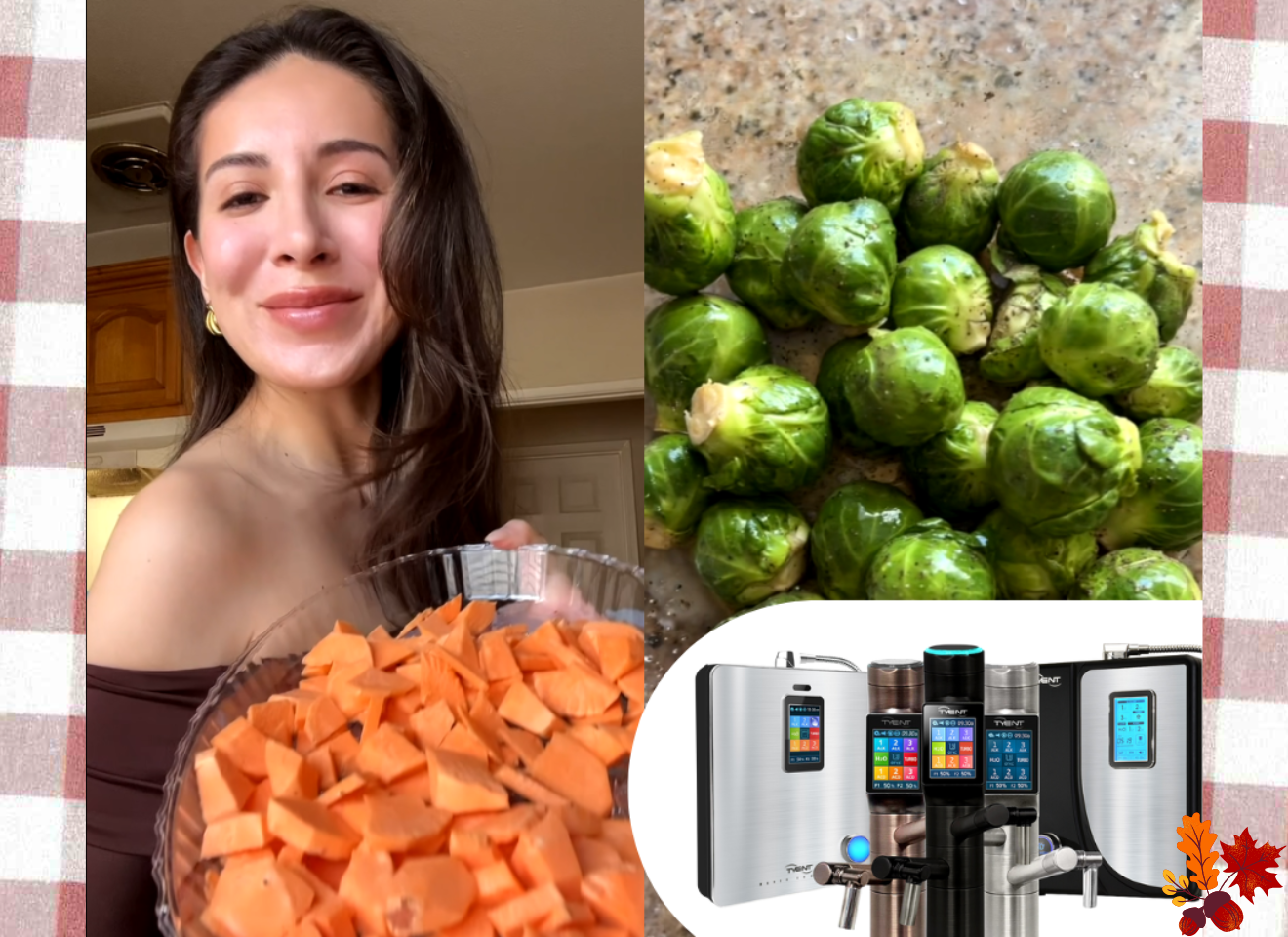Here are alkaline foods to help provide relief for constipation in children.
RELATED: Constipation Natural Remedy With Alkaline Water – HOW IT WORKS [INFOGRAPHIC]
How to Treat Constipation in Children | 11 Foods for Relief
1. Apples
An apple a day, apparently, may keep constipation away.
Did you know that one medium-sized apple with skin on has 4.4 g. of fiber? Now if we’ll look at the recommended fiber intake for kids, 4.4 g. is actually quite a great number.
Fiber Intake Recommendation For Kids:
- Kids (4-8 yrs. old) – 25 g./day
- Older girls (9-13 yrs. old) and teen girls (14-18 yrs. old) – 26 g./day
- Older boys (9-13 yrs. old) – 31 g./day
- Teen boys (14-18 yrs. old) – 38 g./day
That 4.4 g. of fiber is composed of 2.8 g. of insoluble fiber and 1.2 g. of soluble fiber, in the form of the fiber called pectin. Pectin can speed up stool movement in the intestines, improve constipation symptoms, and raise good bacteria levels in the gut.
Alkalinity-wise, apples have a Potential Renal Acid Load (PRAL) value of -1.9.
Potential Renal Acid Load (PRAL) Definition: This is an algorithm created by Dr. Thomas Remer that measures the acid load of frequently consumed foods. A negative value means food has an alkaline load, a positive value means food has an acid load.
TIP: To add a fun twist, you can serve sliced apples with cinnamon, which, too, is alkaline.
2. Kiwifruit
With an interesting sour-tart taste, about 2.3 g. of fiber per fruit, and a PRAL value of -5.6, you can give your kid kiwi to help with his or her constipation.
Eating kiwifruit regularly has shown to soften stool and increase defecation frequency and volume leading to a more satisfactory bowel habit.
TIP: You can blend kiwifruits with other greens to make a delicious smoothie for your kid.
3. Figs
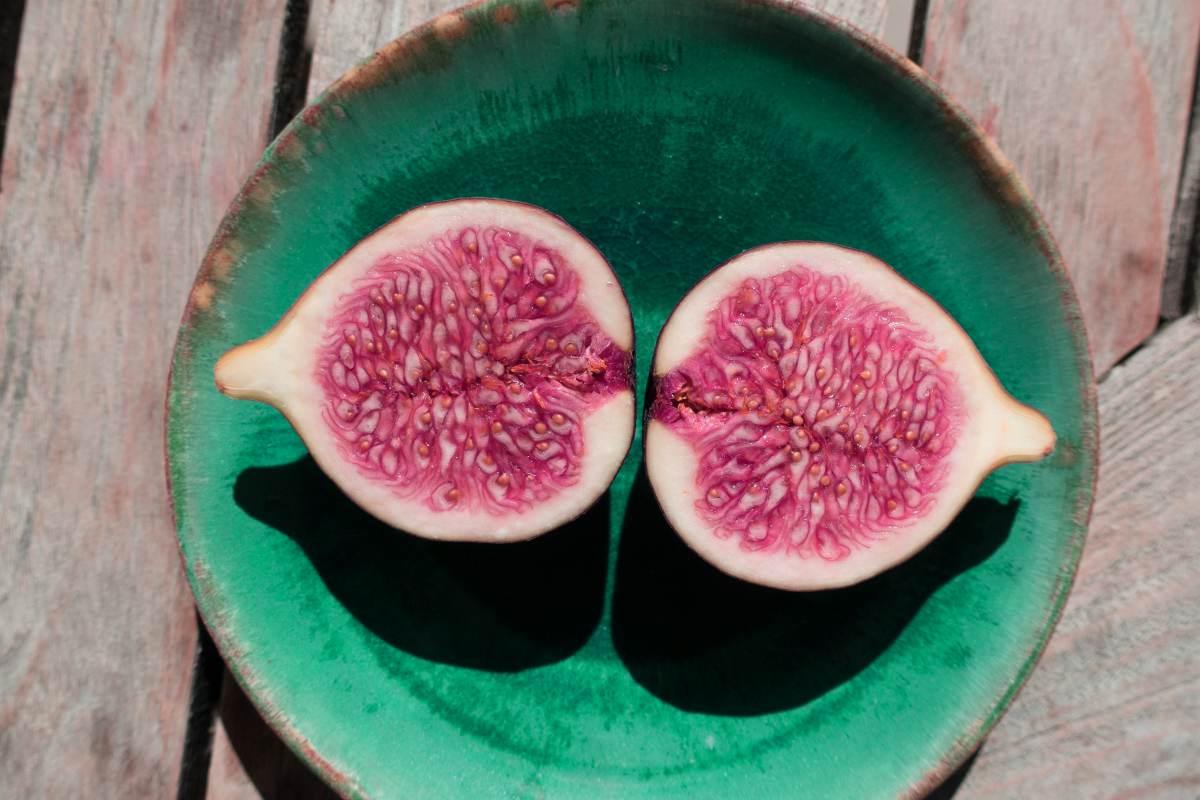
If you find giving your kids figs a little too unusual, their fiber content and alkalinity might persuade you to do so.
Here’s the scoop, a 50 g. serving of raw fig packs 1.6 g. of fiber. Half a cup of dried figs, on the other hand, contains 7.3 g. of fiber.
Figs can help speed up colonic transit, improve stool consistency, and relieve stomach discomfort. Raw figs have a PRAL value of -4.9 while uncooked, dried figs have -14.1.
TIP: Baking figs topped with honey and almond butter makes for a great dessert.
4. Prunes
Prunes or dried plums are commonly used to alleviate constipation. We can link this wide acceptance of their “effectivity” to five things:
- A 28 g. serving (about three prunes) contains two grams of fiber.
- Cellulose, the insoluble fiber found in prunes increases the amount of water in the stool, adding bulk.
- The soluble fiber in prunes, when fermented in the colon, yields short-chain fatty acids that increase stool weight.
- Prunes have good-bacteria-stimulating phenolic compounds hypothesized to contribute to their laxative property.
On top of all these, prunes also have an impressive PRAL value of -13.4. They can be eaten as snacks or you can add them on salads, cereals, and smoothies.
5. Pears
A medium-sized pear contains about 5.5 g. of fiber. Similar to prunes, its sorbitol content can cause a laxative-like effect in the colon.
It’s also high in fructose, which like sorbitol, is poorly absorbed by some. Because of this, some traces of it ends up in the colon, pulling in water by osmosis and promoting a bowel movement.
It has a PRAL value of -2.2.
6. Watermelon
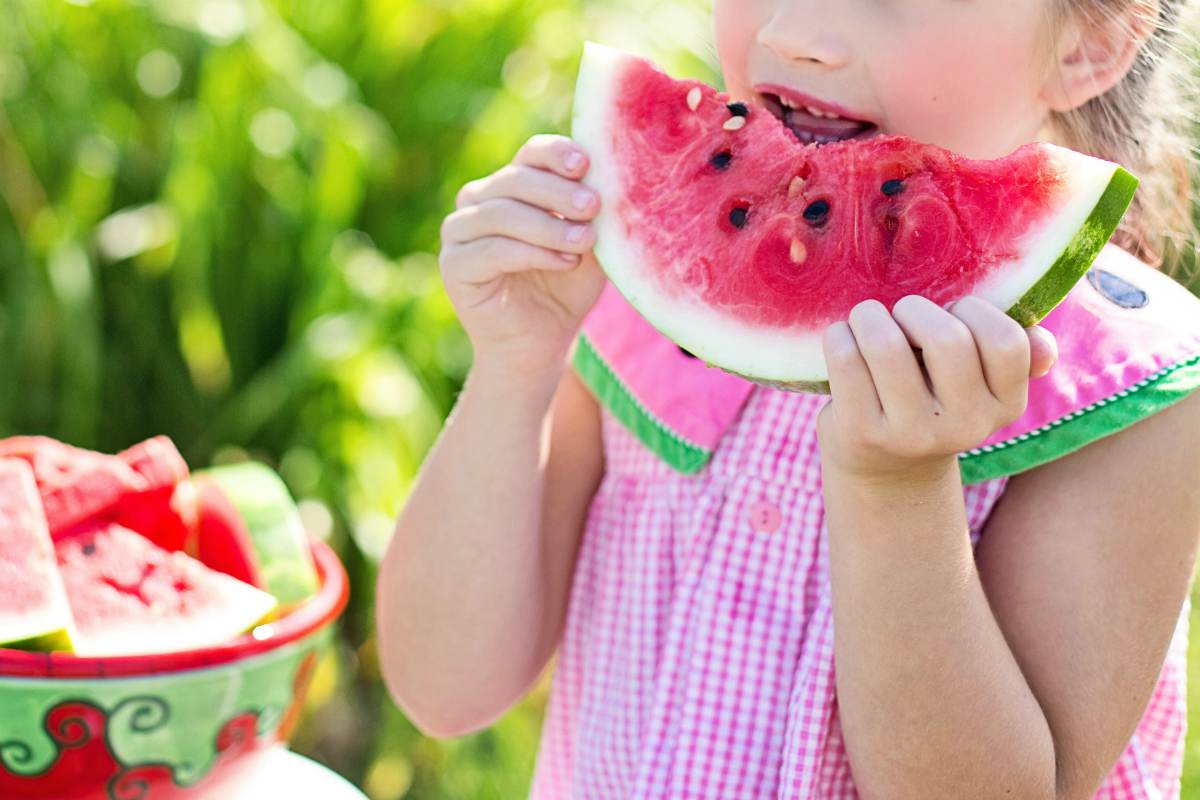
While watermelon isn’t exactly rich in fiber, it is 92% water. This incredible water content and a PRAL value of -2.0 makes it a great food to help with constipation.
Refreshing and hydrating, kids will definitely love this perfect-for-the-summer fruit.
RELATED: 4 Reasons Hydrogen Water Is The Best For Hydration
7. Spinach and Other Leafy Greens
As they are rich in fiber, spinach and other leafy greens can add weight and bulk to stools, making them easier to pass through the intestines.
A cup of cooked spinach has 4.3 grams of fiber. Aside from this, they are also great sources of Vitamin K, folate, and Vitamin C.
To make spinach more appealing to kids, you can add it to a quiche or pie. Or, you can even sneak it into a smoothie.
8. Chia Seeds
Chia seeds are one of the most fiber-dense foods in the planet—an ounce (28 g.) contains about 10.6 g. of fiber.
15% of the dietary fiber in chia seeds are soluble. As mentioned previously, the fermentation of soluble fibers in the gut produces short-chain fatty acids, which can increase gut motility and stimulate excretion.
Gut Motility Definition: This is the contraction of the gut muscles that help in processing the food we eat. A healthy rate of motility allows the large intestine to reabsorb water from food residue resulting in better bowel movements.
When chia seeds get wet, they form a gel which can soften stool and result in better bowel activity. Additionally, chia seeds can absorb 12 times its weight in water, adding bulk and weight to stools.
Chia is a versatile fiber-boosting food. You can add them on smoothies, juices, or even just water; they can work as toppings on cereals, salads, and a lot more.
9. Tamarind
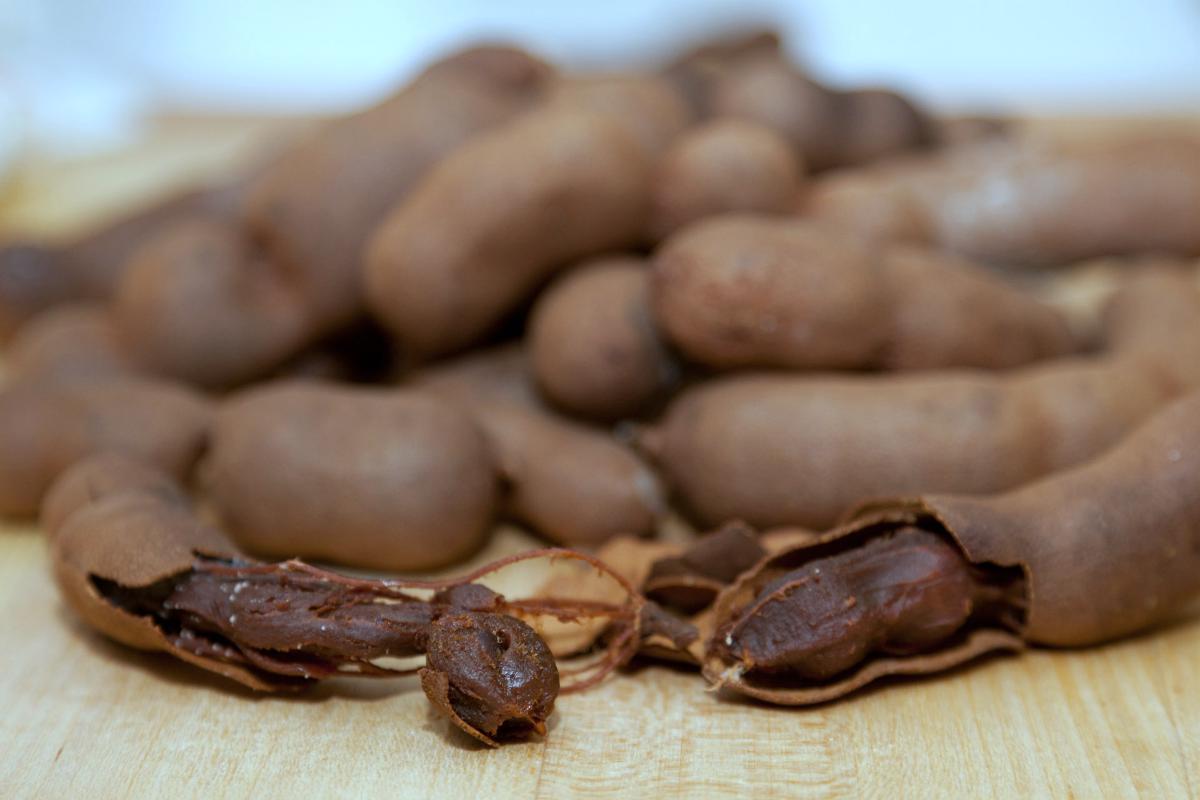
Eating ripe tamarind pulp is one of the simplest constipation relief for kids. It has a unique sour-tarty-sweet taste which is a real delight, plus it’s relatively cheap.
You can mix tamarind pulp with a senna infusion. Aside from giving constipation relief, this is also an effective way to detox the body.
Prepare the fruit as a drink, then mix it with an equal part of the juice from soaking the senna leaves.
To prepare the senna, pour 1 cup of warm water over 4 grams of leaves or barks. Let it soak for 10 minutes.
10. Broccoli
This fiber-rich vegetable has tons of benefits. According to research, cruciferous vegetables like broccoli help prevent cancer and chronic diseases.
Broccoli has natural detoxifying properties. Eating an adequate amount of this cruciferous vegetable may help excrete toxins in the intestine through bowel movement.
Bonus
11. Alkaline Water
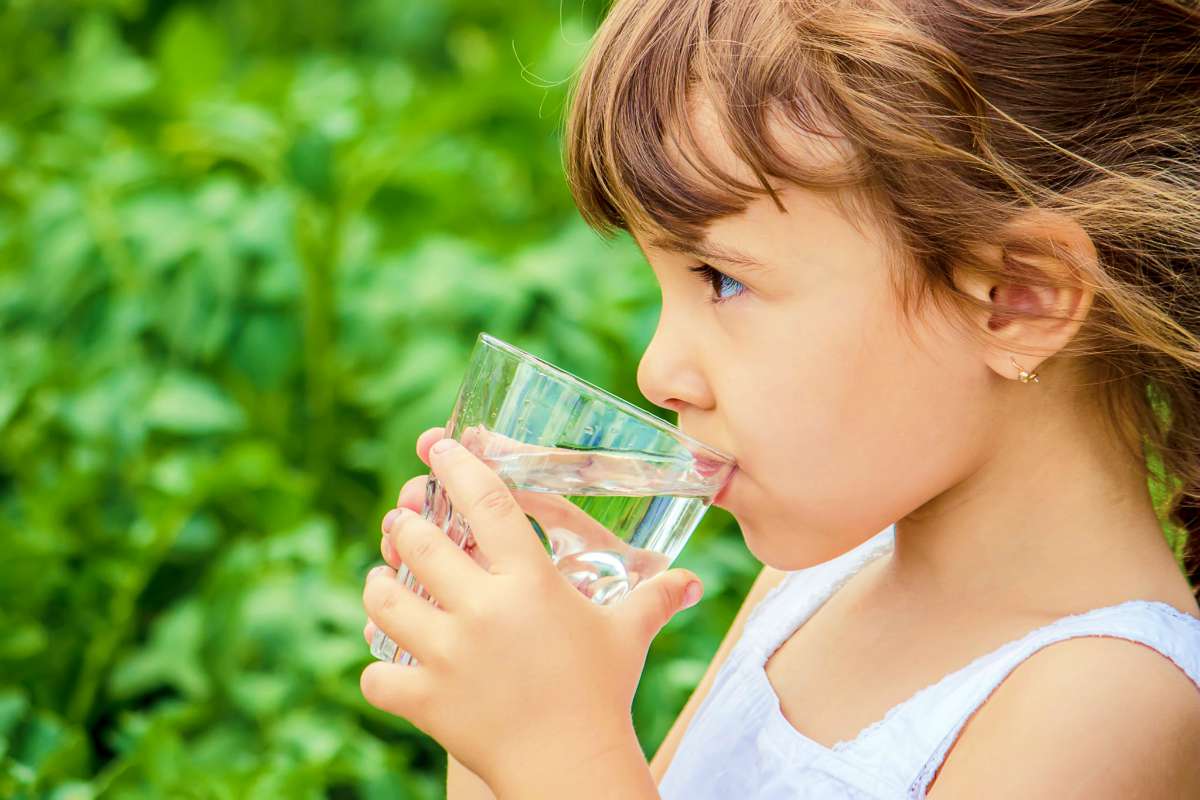
Water may not be categorized as food but still added here on the list as a natural remedy for constipation.
Drinking alkaline water alone isn’t a treatment for constipation. Since it’s more hydrating than tap water, adding it to your regular diet can make a difference.
Why is this so?
A high quality water ionizer like Tyent will add molecular hydrogen to the water. Since hydrogen is the smallest substance on earth it can easily permeate cell walls better resulting in better hydration.
Additionally, alkaline water also promotes a balanced gut environment. This happens because alkaline water supplies the body additional hydroxyl ions that get rid of oxygen in the gut.
A low-oxygen environment is needed for the growth of good bacteria in the stomach.
Having a water ionizer at home can help with chronic constipation in children.
Relieving constipation in children sure can be challenging as kids are known to be picky eaters. Sometimes you have to be a little bit creative to help your kids out of their misery, right?
We hope this list has given you a few ideas.
Do you have any tips on how to relieve constipation in children? Let us know in the comments section below!
Up Next:
- How A Water Ionizer Makes Great Tasting Water That’s Safe To Drink!
- 101 Reasons To Love Tyent Water Ionizers: Health Benefits And More
- Look Five Years Younger In 2019! How A Water Ionizer Can Help You Glow!
